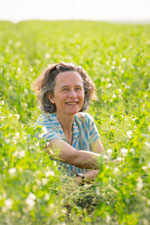Dr Sabine Banniza (PhD)

Professor
Ministry of Agriculture Strategic Research Program (SRP) Chair in Pulse Crop Pathology

Professor
Ministry of Agriculture Strategic Research Program (SRP) Chair in Pulse Crop Pathology